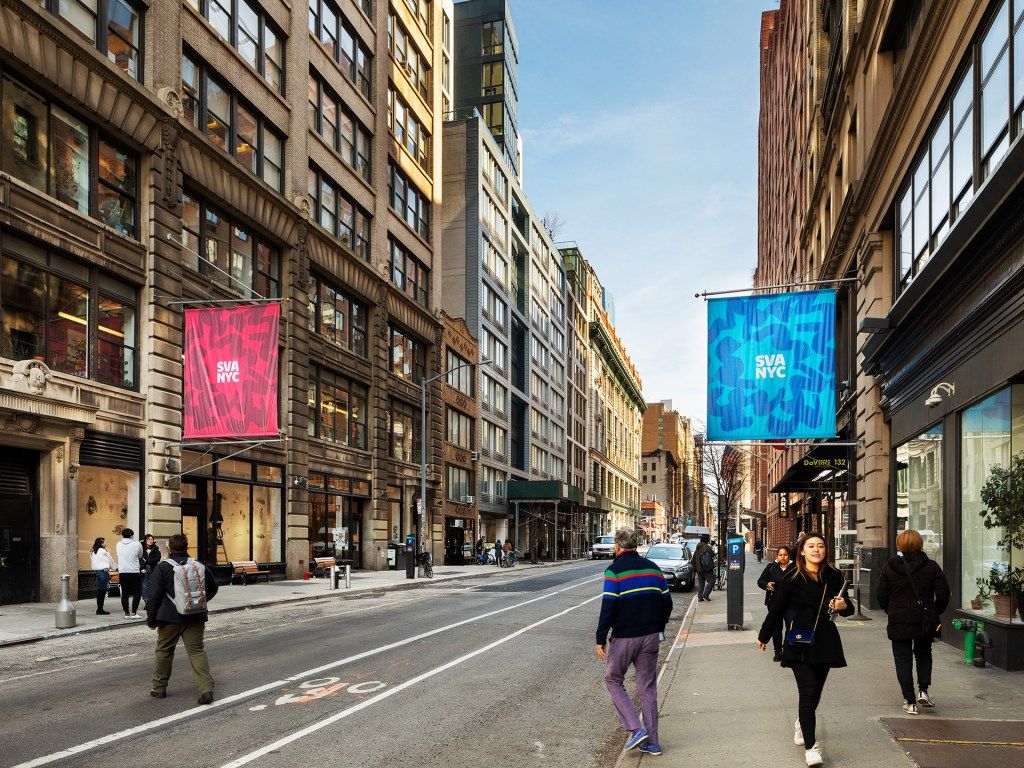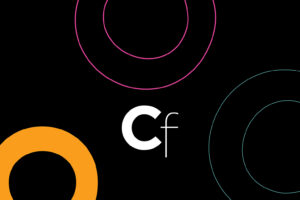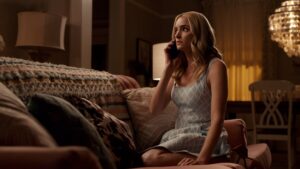The Case for a Faculty Union at the School of Visual Arts


adjunct/ancillary/auxiliary
Of the six or more definitions the Oxford English Dictionary provides for the word “adjunct” nearly all emphasize the word’s “subordinate,” “supplementary,” “temporary,” and “nonessential” character. To be adjunct is to be “of secondary importance.” To be adjunct is to be an addition (often of lesser value) to something greater. From the dictionary’s 1753 edition: “Adjuncts of the gods…were a kind of inferior deity. To Mars was adjoined Bellona and Nemesis.” From Joyce Carol Oates’ 1980 Unholy Love, “They are merely young wives, adjuncts to their husbands.”
Perpetual adjacency characterizes the word’s psychospatial imprint. Inherent hierarchies abound while prepositional power ensures zero mobility. Below, beside, under, outside of. Across larger systems of adjuncts, like that of American higher education, this creates a neo-feudalism buttressed by a scarcity mentality that gnaws at one’s psyche.
reorient/reorganize/reform
At times, it can seem impossible to escape the adjunct position.
Inside higher education, the defunding of university departments, disappearing of tenure-track positions, and slashing of budgets only feed ancillary workers. More broadly speaking, our 24/7 gig economy keeps us on edge, bleary-eyed, and grinding just to negotiate the jigsaw of multiple part-time positions, commutes, and schedules. Then there’s the country’s wealth gap (the largest it’s ever been), and the current administration (systematically attacking academic freedom as well as cutting off aid to populations it deems disposable).
But if so many of us are already more adjunct than ever before, perhaps it’s time to envision a new orientation. Could we embrace the marginality and celebrate the fullness of the supplementary while creating community in solidarity with other dynamic groups and people?
This must begin with organizing and forming coalitions.

together/in unison/cojointly
Unions are one of the few safety measures adjuncts have against administrations making unilateral cuts, cancellations, retractions, and surprise reorganizations. In higher education, unions safeguard faculty against benefits dissipating, classes evaporating, and job security vanishing. Unions tether us together, creating a collective coalition. Unions give us a seat at the table.
While unions don’t entirely solve the adjunct predicament, they certainly shift the unilateral operation. In my own experience, teaching at institutions with unions has been unequivocally beneficial. Unions have guaranteed certain hourly wages, contract delivery, course distribution, pay for non-teaching hours, and workplace standards. Unions at both New York’s Hunter College — part of the City University of New York (CUNY) system — and the Maryland Institute College of Art in Baltimore have enabled me to apply for faculty development grants to further my own artistic practice. In the case of my partner (a part-time faculty member and area head at Mannes School of Music at the New School), the union has negotiated significant meaningful improvements to health insurance, pay and benefits, as well as providing strike pay and temporary health insurance when the New School faculty went on strike in 2022. While far from perfect, the health insurance she receives covers our family of four and still allows her to take home monthly income — a far cry from that equivalent package available to me at a similar institution without a union, the School of Visual Arts (SVA), where I have taught several studio and seminar courses in painting, drawing, and foundations in the BFA Fine Arts Department and Art History since 2018.
night school/trade school/your school
Founded in 1947 by Silas H. Rhodes and illustrator Burn Hogarth as the Cartoonists and Illustrators School, the School of Visual Arts was originally designed as a “vocational training school for war veterans.” Largely funded by the 1944 G.I. Bill, the institution had an inaugural class of 35 students, most of whom worked day jobs and took classes at night with Silas. In 1956, not long after the school’s founding, Rhodes and Hogarth were called to Washington to testify in front of the Senate Permanent Subcommittee on Operations, which was investigating a group of four government-funded schools allegedly “owned by Communists.” During the hearing, it was reported that the school had received $1,176,712 in funds from the federal government and had 278 ex-G.I.s, which made up about 46% of the student body. According to the 1956 Congressional record, when asked about their “activities prior to August 1947,” Hogarth, Rhodes, and a third school administrator all pleaded the fifth, leading Rhodes to go head to head with Senator Joseph McCarthy.
Today, almost 70 years later, the School of Visual Arts has over 3,600 students, offers 30 degree-granting programs, and boasts an impressive network of alumni across multiple fields. The school is home to students from over 56 countries, a remarkable Bio Art Lab (thanks to Suzanne Anker), strong interdisciplinary programs like Visual and Critical Studies (steered by Tom Huhn), and constantly rethinks art’s relationship to emergent technologies.
The School of Visual Arts also has a team of over 1,000 dedicated faculty members, all of whom — save a handful of department chairs — are adjuncts. It is also one of the last schools in New York City without a faculty union, something that Pratt Institute, the Cooper Union, Parsons School of Design, New York University, CUNY and State University of New York (SUNY) branches, Fashion Institute of Technology, and Barnard College all possess.

future school/other school/our school
Currently, SVA is at a critical juncture where it could set the standard for art schools and higher education institutions in the United States. Not only could its faculty vote yes to unionize (as many like myself are doing), but also its administration could embrace the newly formed union of adjuncts and use this as an opportunity to be a leader in remodeling the terrain for ancillary faculty across the nation. Dialogue could ensue; a new community could emerge; and the school could make the choice to grow the health of its huge supplementary set of “temporary” artist-teachers, modeling a prototype for institutions negotiating an increasingly unpredictable future.
Cultivation of student growth and freedom of thought requires an administration that cultivates and ensures faculty support and growth through transparency, accountability, and an abundant set of resources. These resources include meaningful salary increases keeping pace with inflation in one of the more expensive cities in the world, benefit expansion for things like tuition remission and healthcare, guaranteed sabbatical and professional development grants, gender and racial equity in faculty compensation and benefits, and reappointment contracts that prevent course cancellation and course precarity. At present, SVA lags behind its peer institutions on nearly all these fronts.
integral/essential/vital
Which takes me back to the Oxford English Dictionary, to a standout entry for “adjunct” from Shakespeare’s Love’s Labour’s Lost from 1598:
“Learning is but an adiunct to our selfe, And where we are, our Learning likewise is.”
I take this to mean that “adjunct” in this light means something integral, something essential to the core of our becoming more than one is. Learning is central to the self; not disposable.
At their best, art schools are nutrient-rich machines for reimagining what a classroom experience can be. They enliven the everyday and tinker with the codes we live by. I have spent the better part of my teaching life as an adjunct, sometimes by choice, sometimes out of necessity. But what keeps me coming back to teaching at art schools is the same thing that makes it so delirium-inducing: the deeply meaningful, energizing, unforeseeable events that reprogram my way of understanding the world. To move into the future, to redefine the adjunct position, to create a blueprint for higher education, SVA faculty need to form a union, and the school’s administration must step up to the task of reenvisioning its indispensable aggregate of teachers.
Folks have until May 9 to mail their ballots to the National Labor Relations Board (NLRB). All ballots must hit the NLRB’s mailboxes by May 13. Vote Yes for SVA Faculty United!




